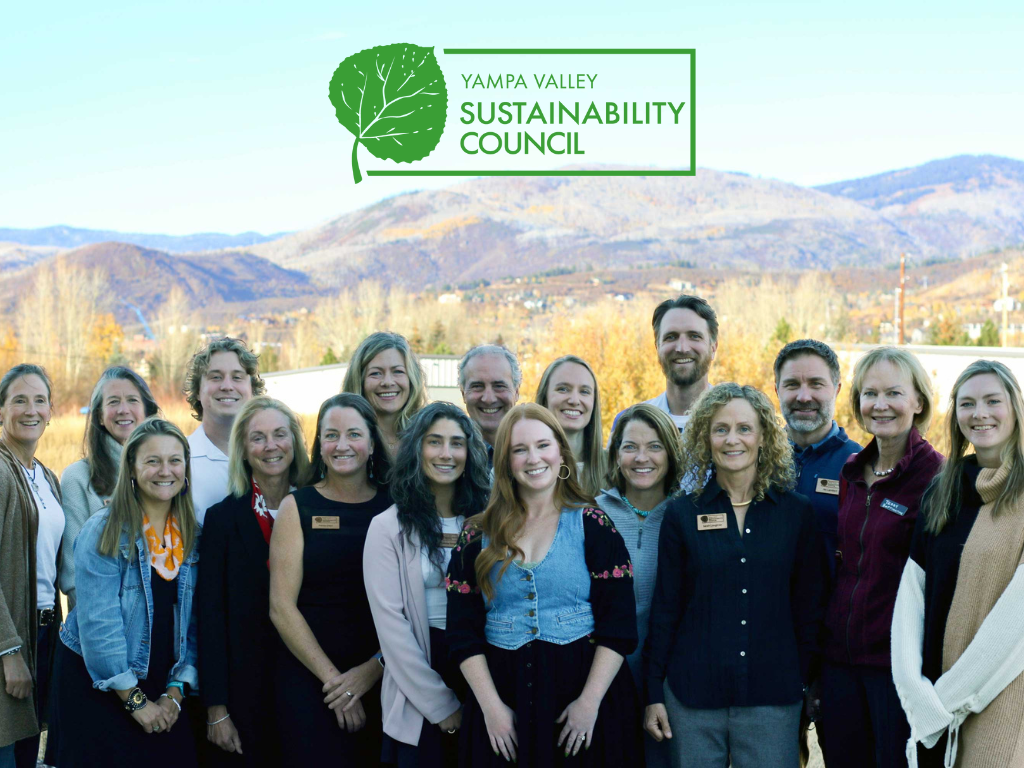NOVEMBER 17, 2017 BY
Article adapted from the Steamboat Pilot by John Spezia
What is weather? What is climate? We can get 8 inches of snow on Oct. 1 but wait five minutes, and the weather will change or it can snow any day of the year.
This is all weather and describes daily changes in the atmosphere that are varied and unpredictable. We have dry summers, snowy cold winters, August monsoons and wet, cold weeks in October. This is our climate.
Climate, is based on multiple decades, centuries and millennia of accumulated weather information. By gathering weather data over long periods of time, we can predict what our climate will be.
Climate predictions address patterns and trends of average temperature, precipitation, ocean temperatures, wind velocity and other weather events in a specific region over many years. These predictions try to answer questions like what will the average temperature be 50 to 100 years from now? How much more (or less) rainfall can we expect? How might the pattern of severe weather events change?
Climate is a long-term process that changes very slowly over hundreds or thousands of years, one that we used to have little control over.
The kind of data used to predict climate is based not just on the recorded temperatures and weather patterns of recent decades but also on tree ring data, the movement and culture of the past civilizations, past sediments of the lakes and oceans, coral reef growth and data from ice core samples found in the Arctic and Antarctic ice fields dating back 250,000 years or more.
This data, collected from all over the world and representing millennia, is telling us of an alarming long-term trend toward a warming planet. Climate change moves on a very slow and grand scale. However, what we are seeing today are accelerated and potentially catastrophic changes in our oceans and atmosphere that are already affecting biological processes, land, agriculture, human interactions and economies.
This conclusion has been arrived at by the process called the scientific method: gather data, come up with a theory based on the data, peer review of the theory, reproduce the theory multiple times, find new data, refine the theory until it is supported by 99 percent of the facts but still keep the door open to new data. Everyone can have their own opinions but we cannot substitute opinions for facts … reality does not function that way.
So, the next time you hear someone say, “it is so cold out I don’t know how anyone can believe in global warming” or “we only have temperature records dating back a hundred years so how do we know this isn’t part of normal climate change,” you can explain to them the difference between weather and climate and how climate data is based on so much more than just the daily weather.






